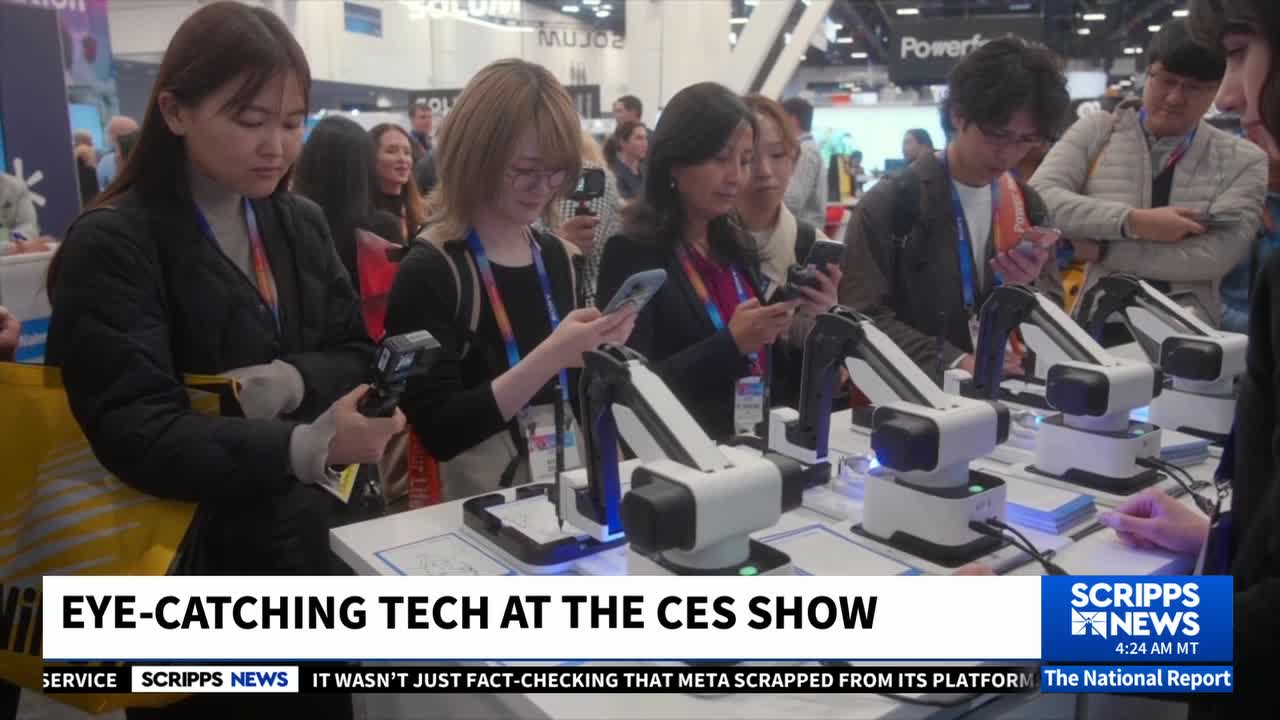The game-changing all-day laptop power at CES 2025

The best part about my CES adventure this year wasn’t the stretchable screen or the 115-inch TVs. It wasn’t the robot that picks up after you. Or the one that cuts the grass. It wasn’t even one of the even-smarter smart glasses.
Impressive stuff, yes. But consider this: I traversed the event − taking notes, checking email, editing photos and posting on social media − without a laptop charger.
Quite simply, I was able to go power-commando through CES. Not once, through four 14-hour days full of news conferences, meetings, cocktail receptions and coffee breaks − 66,326 steps in all − did I find myself pining for an outlet.
Each day, I stuffed into my backpack one of two laptops. They’re both among the first in a new generation of Windows systems built for all-day use on a single charge. They’re light, sleek, zippy and responsive. And they’re power-stingy enough to allow you to leave the wall anchor behind. Which, once you begin to trust the all-day promise, can be positively freeing.
MacBook Air for Windows?
I call them MacBook-Air-for-Windows systems because they’re the PC world’s first legitimate counterpunch to the game-changing laptops Apple built around its own M-series processors. Apple set a new standard for portability in late 2020 when it introduced the first MacBook Air, which was built around the first-gen M-series chip, the M1, and never looked back. At least not until now.
This new generation of all-day Windows systems are based on either Qualcomm’s Snapdragon X-series − which, like the M-series, is Arm-compatible − or Intel’s latest Core Ultra 7 processors, code-named Lunar Lake. Most major PC makers offer systems built around both processors, with even more selection on the way after a slew of CES announcements last week.
For my experiment, each day I brought one of two similarly configured laptops from Lenovo, the Yoga Slim 7i (Core Ultra 7) and the Yoga Slim 7x (Snapdragon X Elite). They both have identical-capacity batteries. The Slim 7i (starting at $1,049.99) is a little larger and a little heavier than the Slim 7x (starting at $799.99). The Slim 7x sports a 15.3-inch display, while the Slim 7x features a smaller, 14.5-inch display.
To help level the playing field, I set both displays to 60pct brightness. At that brightness, I found that the Snapdragon-based Slim 7x burned through its power allotment at a rate of about 10% an hour, which suggests it will support 10 hours of uninterrupted work, give or take. On average, the Intel-based 7i burned through about 12% of the battery an hour, which translates into a little less than 8½ hours of uninterrupted work on a charge.
Larger displays typically draw more power, which could help explain much if not all the difference in battery life I experienced. In any event, both systems were powered and ready anytime I needed during my extra-long days at CES.
All-day power at its best
CES was a great place to put the all-day battery promise to the test. But I was already carrying a backpack. and I could have just tossed a charger into the bag.
The real magic, I’ve found, happens when you head out with a MacBook Air for Windows machine − and nothing else. No backpack. No charger. And no "where’s-an-outlet?" anxiety.
Tuck it under your arm when you leave a meeting and head for a coffee shop, or when you’re walking across campus to another class. I even sat through a few all-day meetings without a power adapter late last year.
I’m now at the point where I don’t even miss the charger. And when I leave it behind, these portables feel more portable than ever.
The views and opinions expressed in this column are the author's and do not necessarily reflect those of Paste BN.
Paste BN columnist Mike Feibus is president and principal analyst of FeibusTech, a Scottsdale, Arizona, market research and consulting firm. Reach him at mikef@feibustech.com. Follow him on Twitter @MikeFeibus.